In horse farm planning and construction, fencing plays a vital role in ensuring horse safety and optimizing farm management. A well-designed fence not only defines the horses’ activity area but also serves as a boundary for efficient human-horse interaction and daily operations.
Today, we will explore the six essential aspects of building professional horse fencing: material selection, dimensions, safety, structural stability, flexibility, and aesthetic appeal. Follow this guide to build a secure, practical, and beautiful fence for your horse farm.
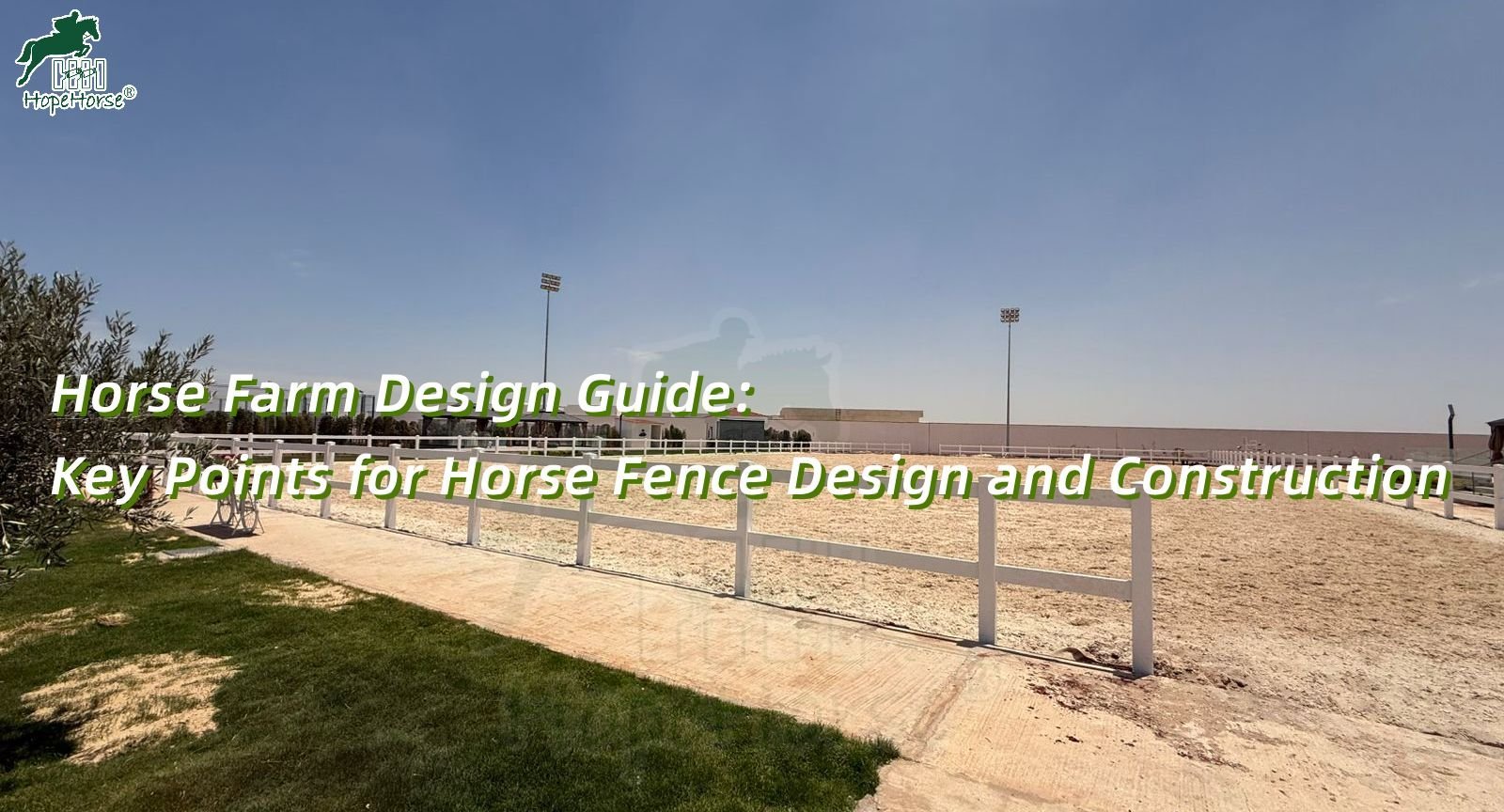
Wood, such as cedar and oak, is a popular choice for its strength and natural beauty. It creates a warm, rustic atmosphere for your farm. However, wood requires regular maintenance, including painting and anti-corrosion treatments, to prevent rot and insect damage. Always ensure wood surfaces are smooth and free of splinters or sharp edges to avoid injuring horses.
Tip: Wooden fences may be prone to chewing by curious or bored horses, especially in small to medium-sized pastures.
Metal fences, such as steel pipes and galvanized wire mesh, offer excellent impact resistance and durability, ideal for large farms or high-traffic areas. During installation, pay close attention to securing joints firmly and covering welds or sharp corners with protective materials to prevent injury.
Note: Wire mesh fences are cost-effective but pose higher risks and are not recommended as primary fencing.
Plastic and composite materials are lightweight, corrosion-resistant, and require minimal upkeep, suitable for temporary enclosures or low-impact areas. However, their strength is generally less than wood or metal, so ensure you choose high-quality products—avoid fences made from low-grade recycled materials which may break or degrade quickly.
Warning: Cheaper fences made from recycled plastics often compromise durability and safety.
The standard fence height is 1.2 to 1.5 meters. For breeds skilled at jumping, such as Arabians or Warmblood show jumpers, increase height to 1.5 to 1.8 meters. Smooth, rounded top rails or protective caps are recommended to minimize injury risk during jumping attempts.
Horizontal spacing should be controlled between 30 to 50 cm, or closer (e.g., less than 10 cm), to prevent horses from slipping through or getting limbs stuck. Vertical spacing must also be carefully planned to avoid horses stepping through or becoming trapped.
Regardless of material, fence surfaces must be smooth and free of protrusions:
Wood fences should be sanded to remove splinters;
Metal fences require ground welds to be polished smooth, with joints covered by rubber or plastic sleeves;
All sharp edges and corners must be softened or covered to protect horses from cuts or scrapes.
Fence stability directly affects safety and longevity:
Posts should be buried at a depth of 60 to 80 cm, set firmly in concrete;
Rails must be securely connected via welding, bolts, or specialized fasteners;
Diagonal braces are recommended every few meters to enhance overall strength and resist impacts from horses or strong winds.
Horse farm operations may evolve, requiring fence adjustments or expansion. Therefore, a flexible fence design is advisable:
Modular fence systems allow easy disassembly, movement, and reconfiguration;
Simplifies future farm layout changes and reduces renovation costs.
While safety and function come first, a visually appealing fence also contributes:
Rustic farms benefit from natural wood fences that blend with pastoral scenery;
Modern facilities often favor sleek metal fences in neutral colors like black or dark gray;
Consistent fence style with barn architecture boosts the overall brand and visitor impression.
Designing horse fencing is more than just “marking boundaries.” Material choice, dimension standards, structural safety, and style all impact horse welfare and farm efficiency. We hope this guide helps you build or upgrade fences that keep your horses safe and your operations smooth.
If you are looking for professional, safe, durable, and attractive horse fencing solutions, check out HopeHorse. We offer a variety of fence types—including Round Tube, Europe Design, and Standard Design fences—and provide customized design, manufacturing, and installation services to help you create your ideal horse farm.
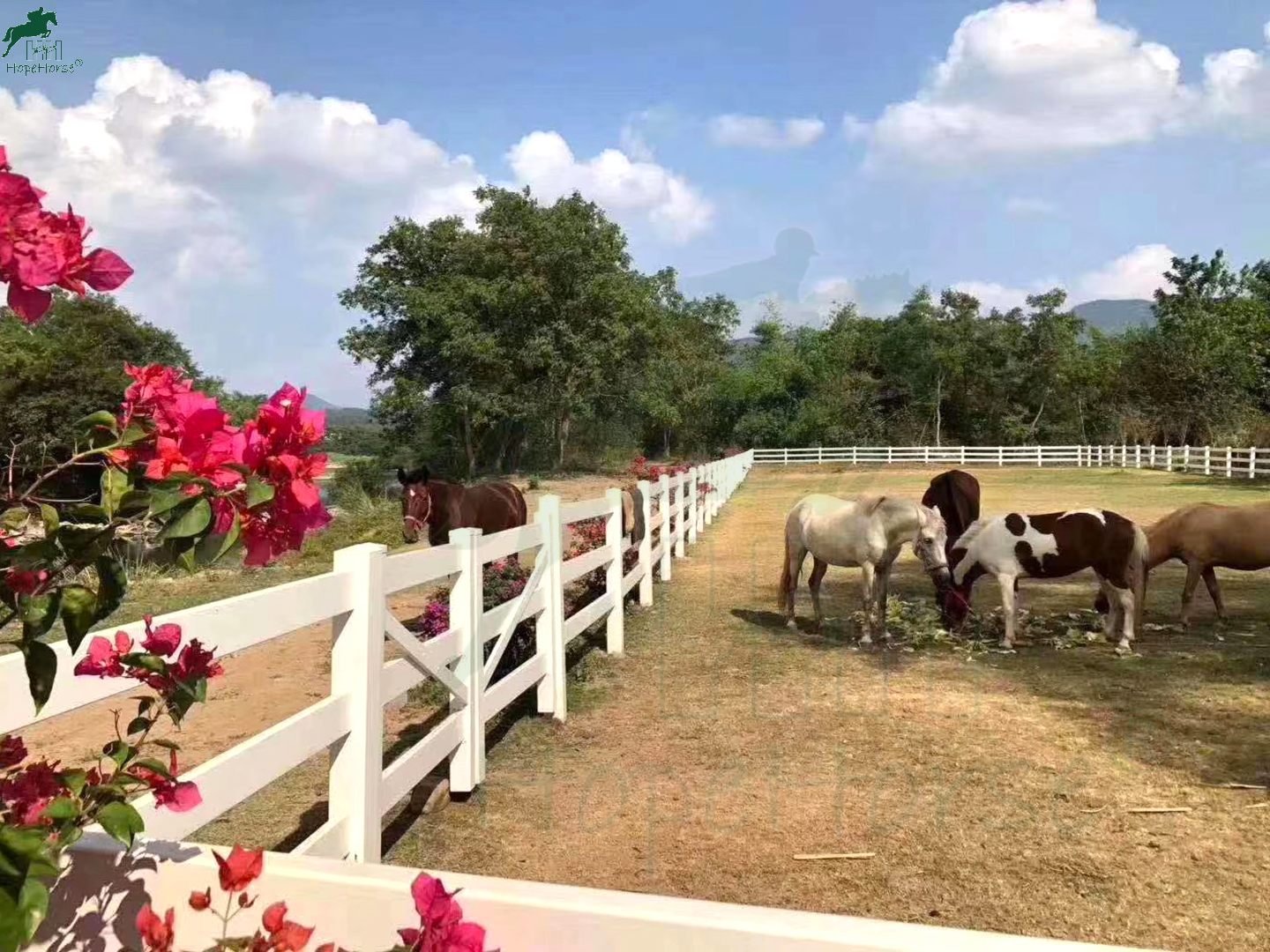 | 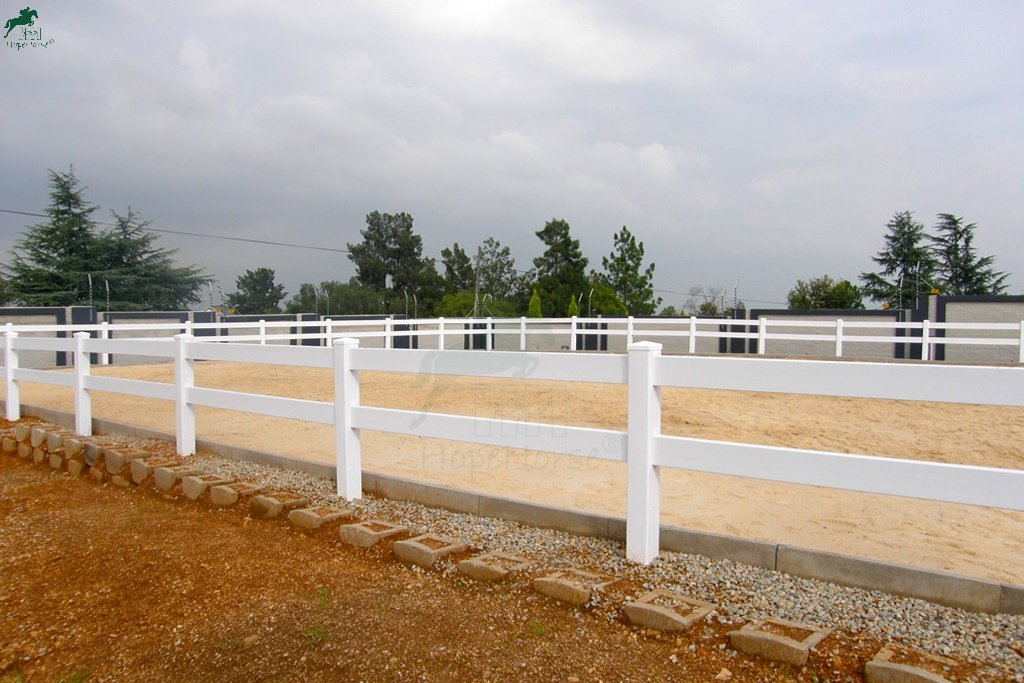 |
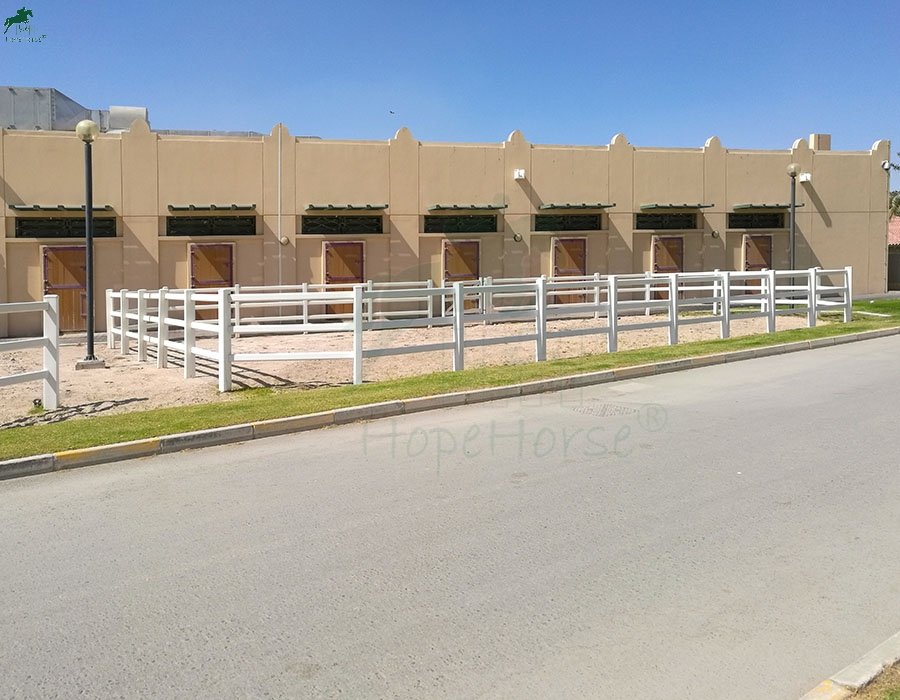 | 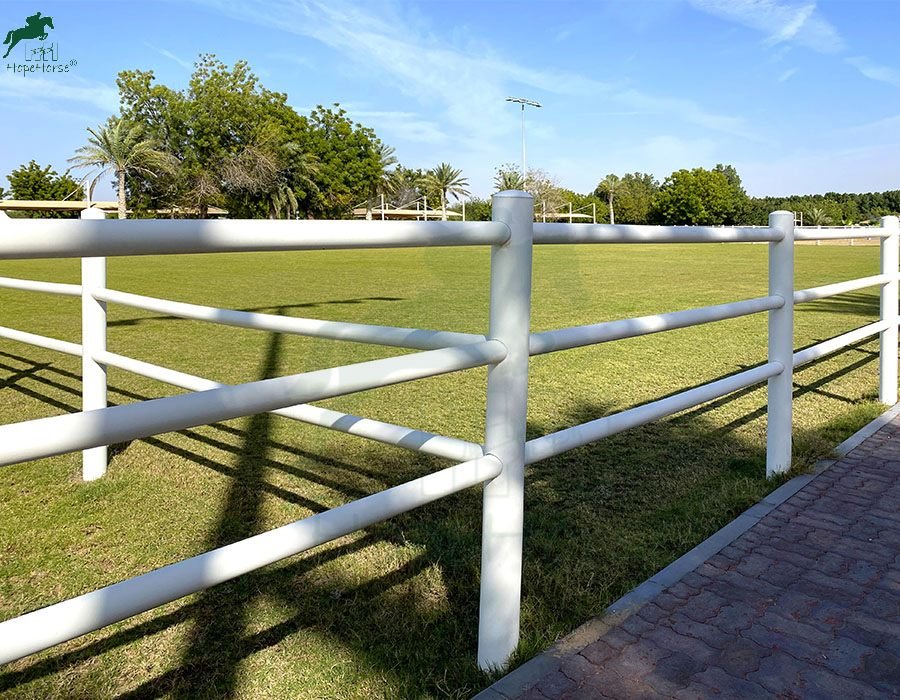 |